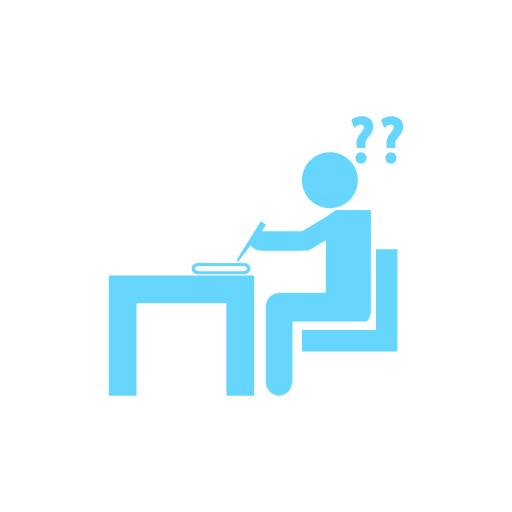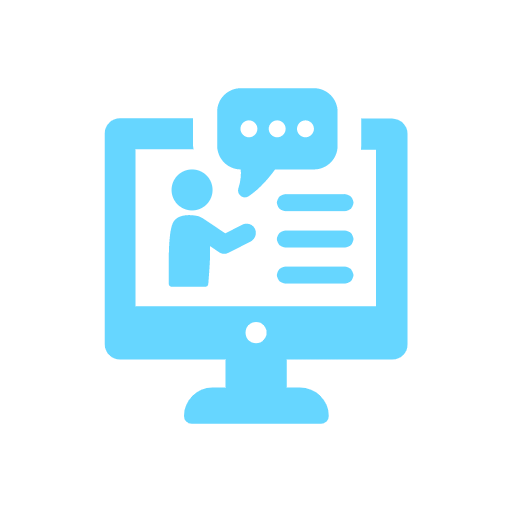Getting Started
with Python

Last time
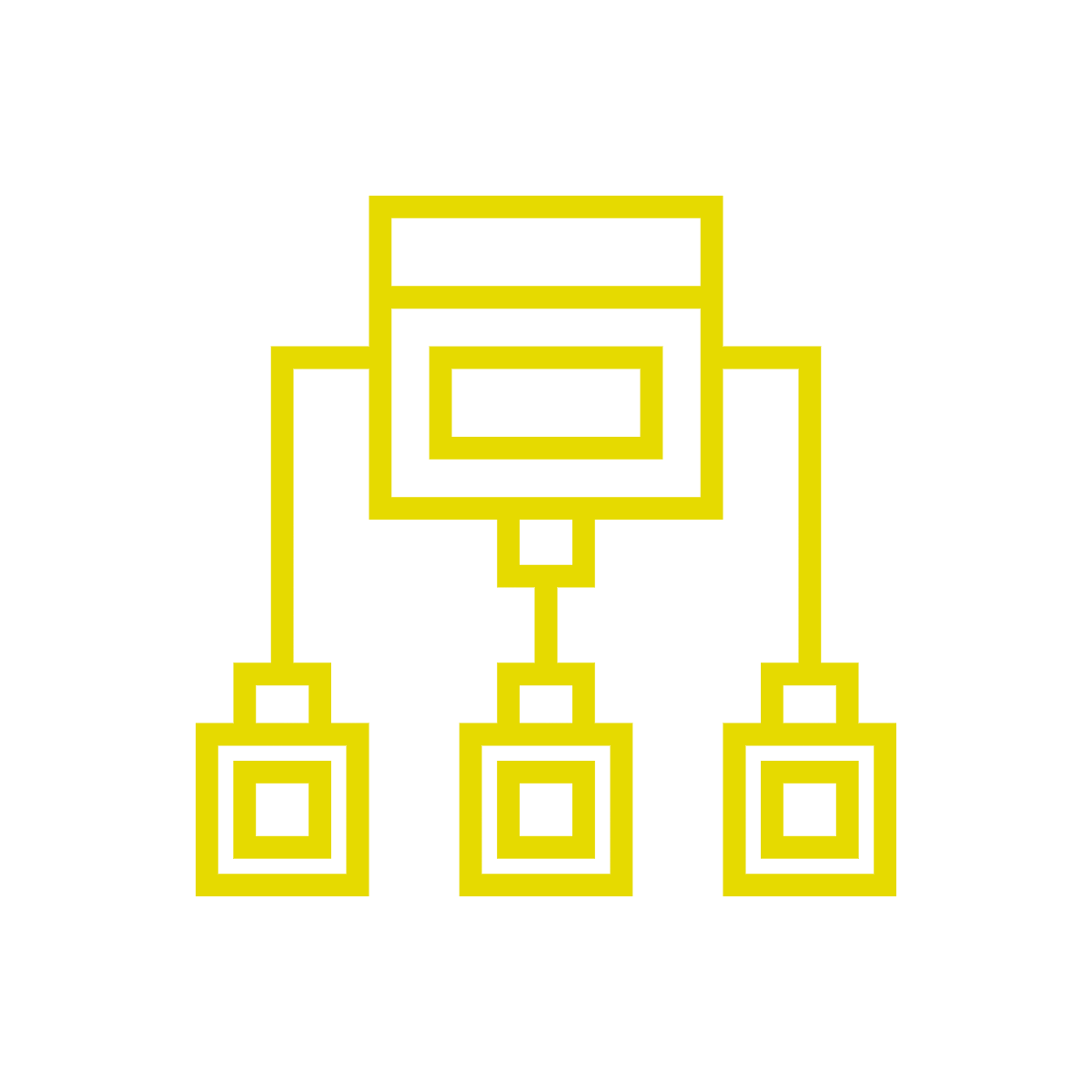




Level Setting
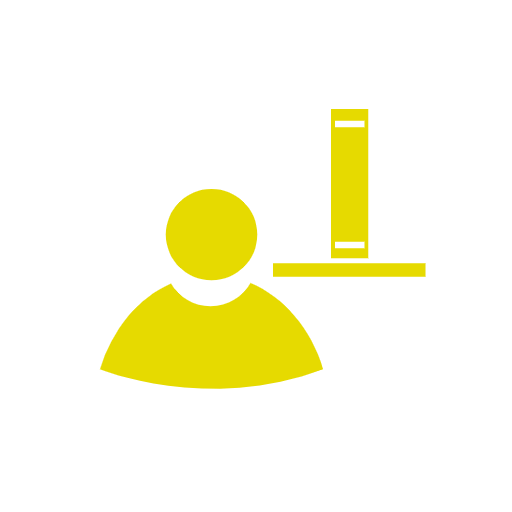
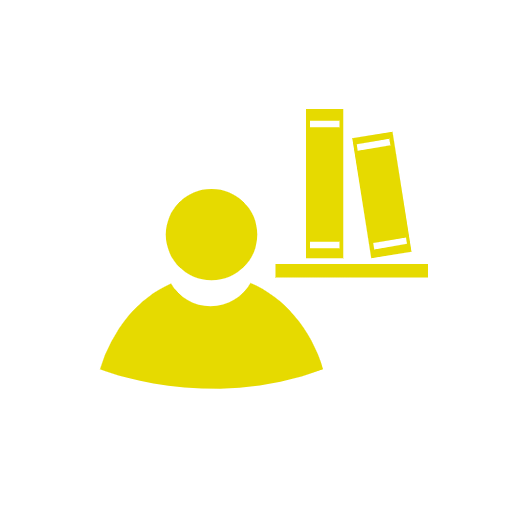
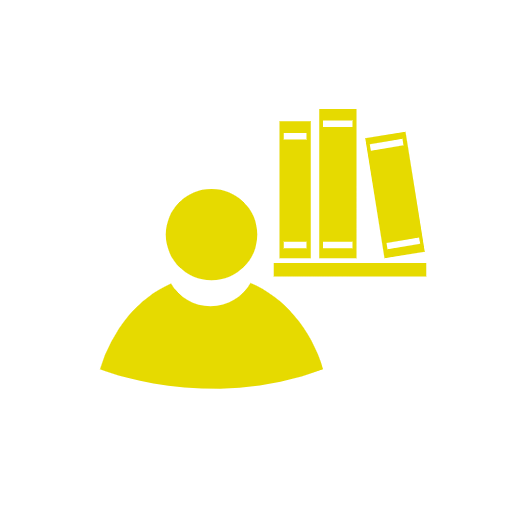
"I know little or no programming"
"I can program, but not in Python"
"I have programmed a lot in Python"
Supplement this course with extra material. OK to prepare & then start
At the right level. Follow all videos and coding exercises (must).
Can skip some of the basic videos. Check out exercises to calibrate.
Programming Sessions
What they are not

Tutorials on tools to use
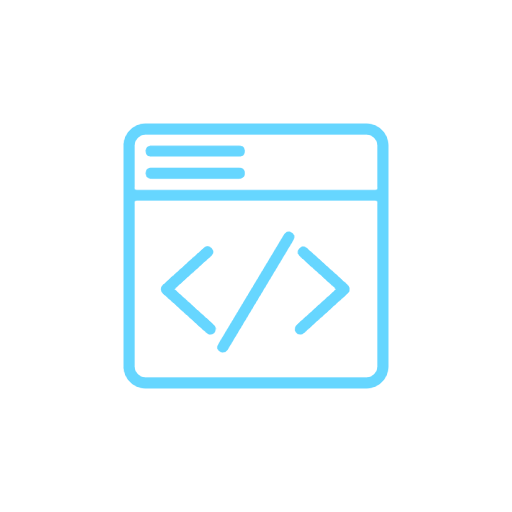
Explanations on syntax

Passive sessions of video watching
Programming Sessions
How to approach them
Demonstration of code
(sometimes live coding)
Programming exercises as homework
Discussion of the solutions

